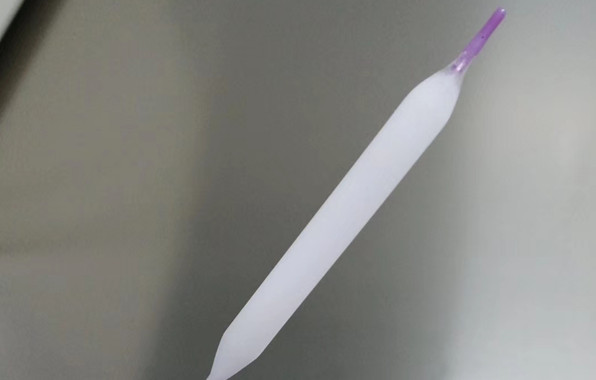Intravascular Ultrasound
Intravascular ultrasound is an intravascular imaging modality used in a variety of interventional disciplines to characterize lesion morphology, quantify plaque burden, guide device size selection, assess device implantation, and identify complications. Intravascular ultrasound refers to the delivery of a miniature ultrasound probe into the lumen of blood vessels through catheter technology to display cross-sectional images of blood vessels, thereby providing images in the lumen of blood vessels. The commonly used observation indicators of intravascular ultrasound include minimum lumen area (MLA), minimum stent area (MSA), plaque burden (PB), angle of calcified lesions, length and angle of dissection, etc. After considering various indicators, an accurate surgical strategy can be formulated.

Intravascular ultrasound can play an important role in assisting decision-making in percutaneous coronary intervention (PCI) surgery, including preoperative evaluation and postoperative optimization. Before PCI, intravascular ultrasound is mainly used to evaluate the properties and characteristics of plaques, formulate appropriate pretreatment strategies, measure the length of the lesion and the diameter of the reference segment, and select the appropriate stent diameter, length, and anchorage. After PCI, intravascular ultrasound is mainly used to determine the expansion and adherence of stents and whether there are complications such as stent edge dissection, so as to optimize the immediate results after PCI in a targeted manner. The clinical prognosis of patients with optimized surgical results was significantly better than that of patients who did not achieve optimal results.
Compared with coronary angiography, intravascular ultrasound can obtain more detailed and objective intraluminal imaging parameters to determine the nature and severity of lesions. Compared with optical coherence tomography (OCT), another intraluminal imaging tool, intravascular ultrasound has a lower resolution and is slightly inferior in judging plaque properties; Contrast agent needs to be used to flush blood vessels, which is not suitable for patients with coronary orifice lesions and impaired renal function. Intravascular ultrasound is not limited and can basically be used in all scenarios.

